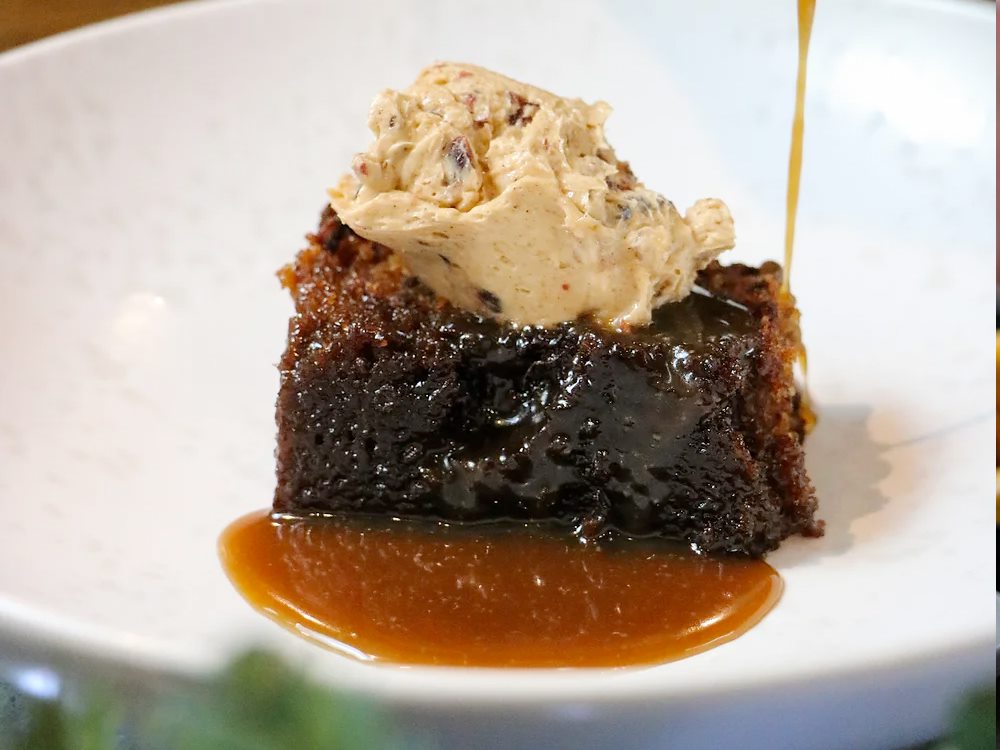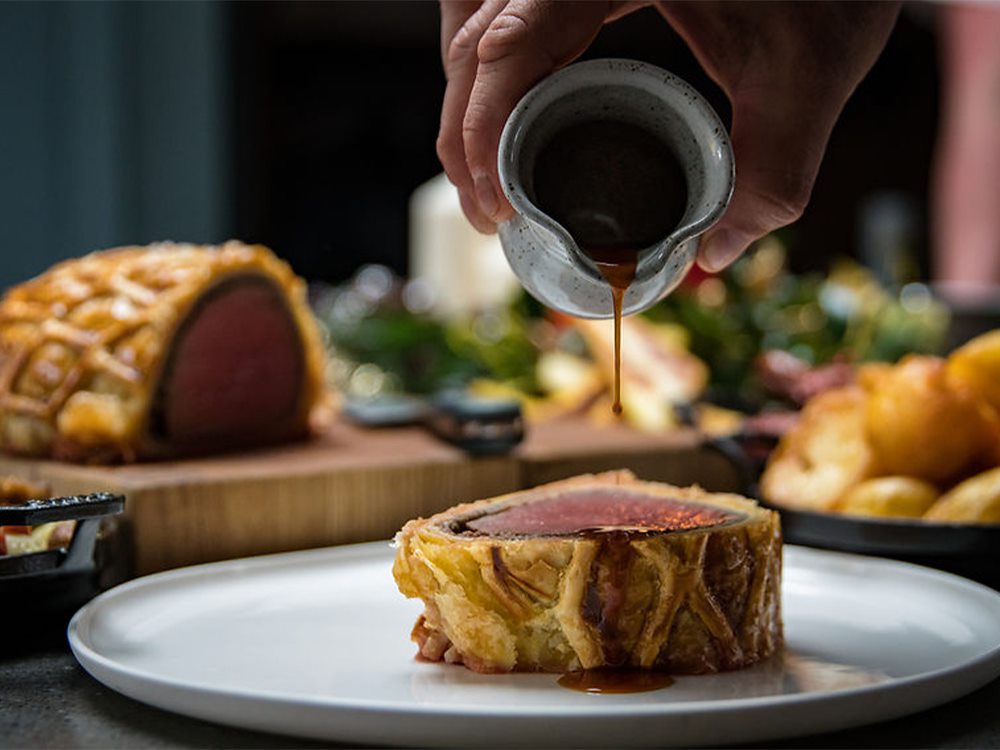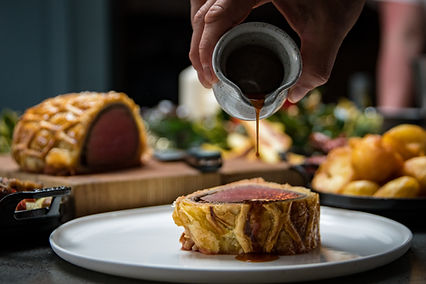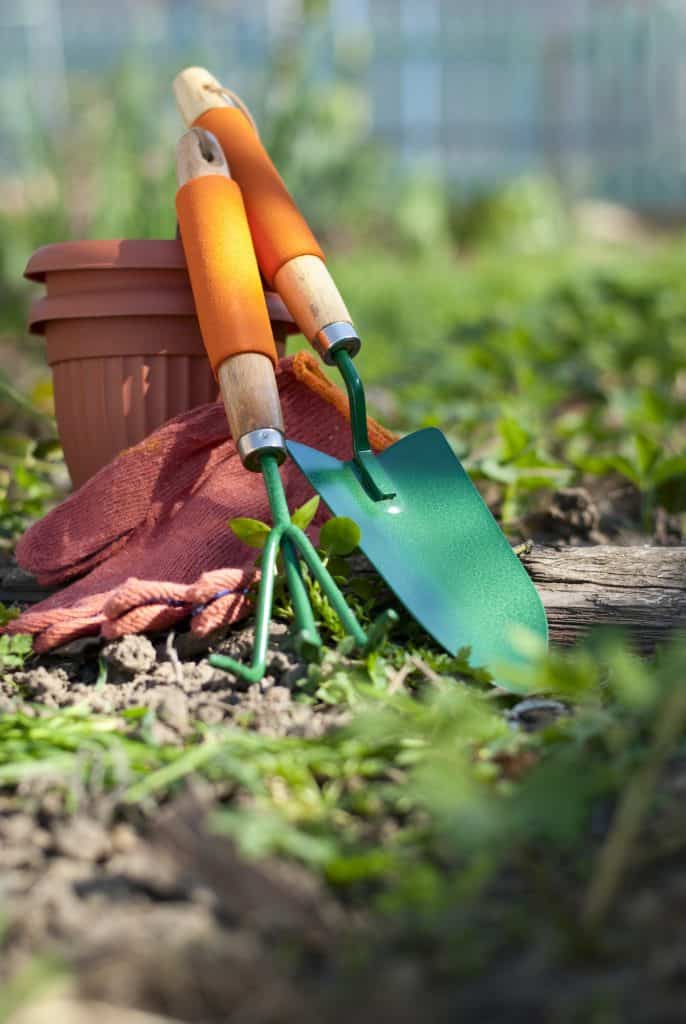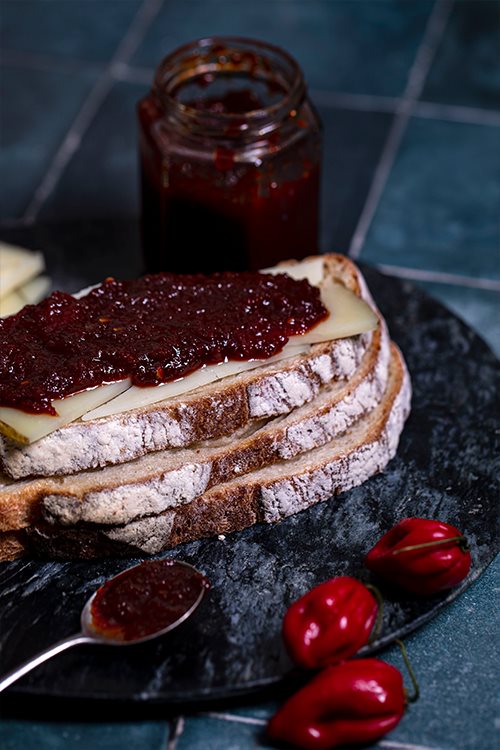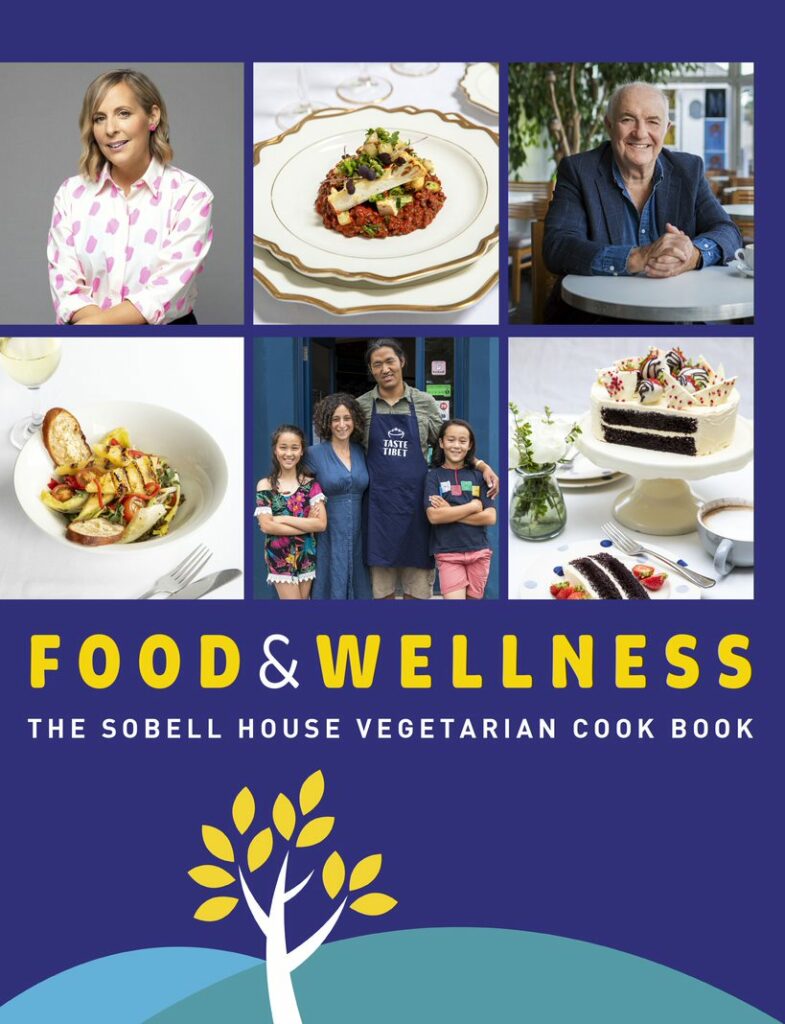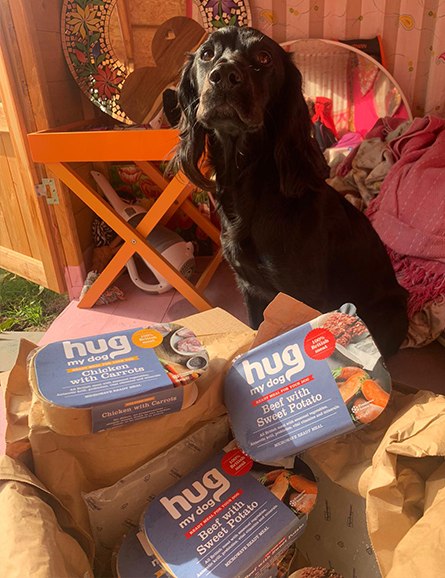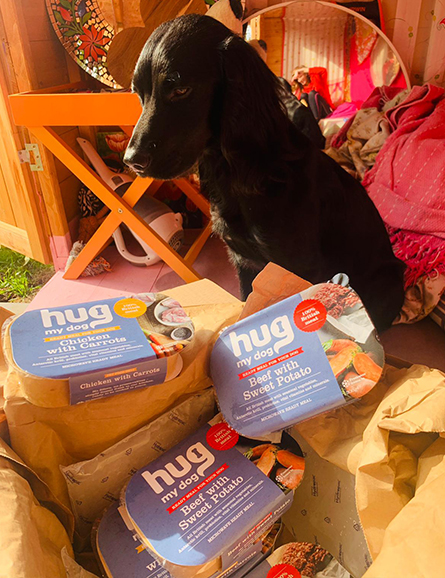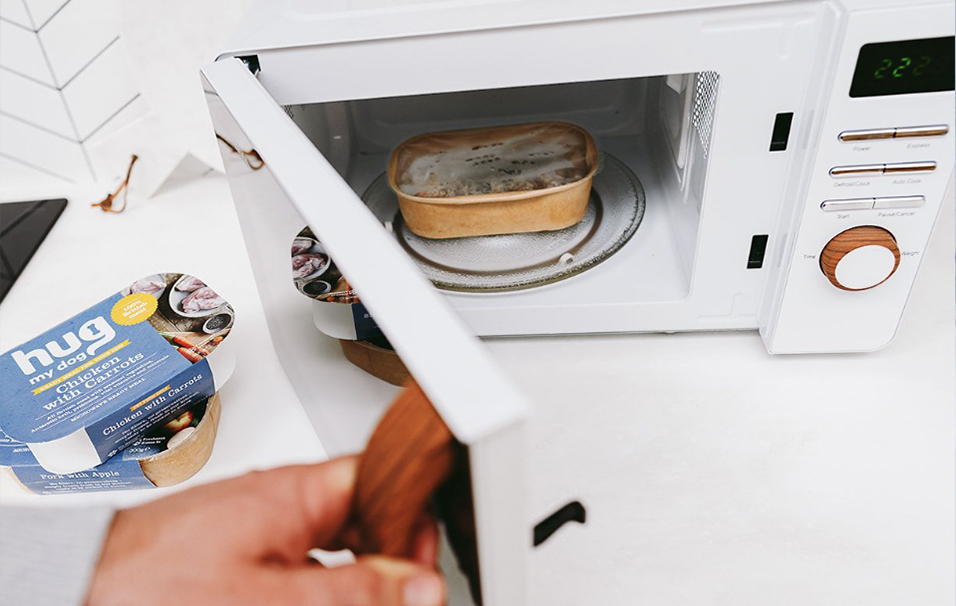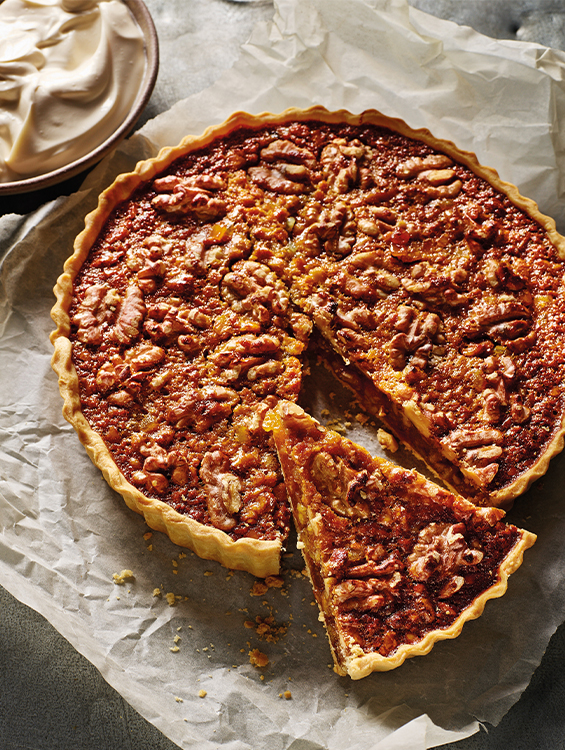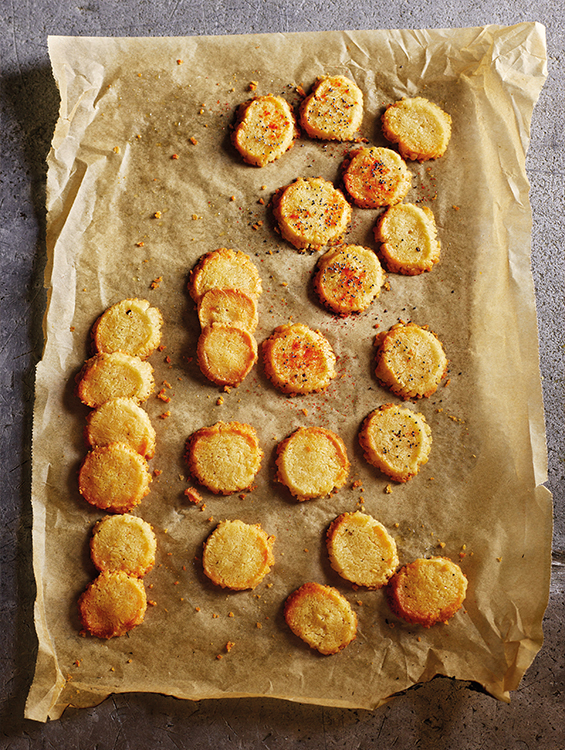Tatjana runs a loose-leaf tea startup called teapro.co.uk based in Windsor and is passionate about all things sustainable
Whilst Christmas is undoubtedly the most wonderful time of the year, it can also be one of the most wasteful. The UK produces an additional three million tonnes of waste at Christmas and fills 100 million bin bags every year.
We’ve put together some easy and fun ways to reduce Christmas waste, so you can make a big impact this December and be part of the movement towards a more sustainable future. Let’s do this!
Spread joy with Christmas E-Cards
During that time of year when we want to express how much we care for our loved ones, Christmas Cards are more than just a tradition. However, even traditions can sometimes benefit from a modern twist, which is so easily done with lovely digital cards from companies like Paperless Post. Alternatively, you could also send plantable Christmas cards – there are some really lovely designs on Etsy.
Rent a Christmas tree
Seven million trees end up in landfill every year! One great way to reduce that astronomical number is by renting a Christmas tree and returning it back in January to be replanted. Another option is to repurpose your house plant into a modern Christmas tree – those fairy lights will help you make it look nice and festive!
Opt for reusable crackers
With some amazing re-usable options made out of fabric or Kraft paper, the transition away from single-use Christmas crackers couldn’t be easier! Try these and
https://www.etsy.com/uk/listing/1262342990/luxury-fabric-resuable-pullable.
Get a zero-waste advent calendar
Whether you’re a kid or a grown-up, you have to agree that advent calendars makes the countdown to Christmas so much more fun. Unfortunately, a lot of advent calendars contain unnecessary plastic packaging. We recommend picking calendars that use sustainable materials and have longevity beyond Christmas, like this cute tea advent calendar, which can be re-used as a cork board for your home office. Of course, you can also create your own advent calendar. Bonus points if you make it out of recycled materials!
Re-use last year’s decorations
It’s time to dust off those Christmas decorations from your attic – there is definitely a certain charm in re-using vintage family garlands. Alternatively, turn making sustainable DIY garlands into a fun family activity! There are also some gorgeous Kraft paper baubles and dried fruit garlands you can get on Etsy.
Shop presents locally and sustainably
When it comes to presents, experiences are a great idea! If you prefer physical presents, try sourcing them from local small businesses that use sustainable materials. Over £42 million worth of unwanted Christmas gifts end up in landfill each year, so if you’re not sure about the size or the colour preference – go for something consumable like tea! You can get a beautiful sustainably packaged subscription gift box from teapro.
Reduce food waste
When it comes to Christmas food shopping, try to only buy as much as you need. And if you really want to reduce your carbon footprint, try swapping your Christmas roast for a vegan nut roast option. If you do have leftovers, find recipes to see how you can make the most of them.
Try fabric gift wrapping
Fabric gift wrapping is the new trend of this year, it’s easy, beautiful and re-usable. Definitely worth an investment.
Recycle
Think ahead and minimise the effort and preparation for the next year. For example, make sure to keep all the usable gift-wrapping you get. If you get a new tech gadget, try to recycle the old one – your tablets and phone are full of valuable materials like zinc and gold that can be reused.
Instead of throwing away an unwanted present, you may consider selling it or re-gifting it. Lastly, consider donating unwanted left-over food to a charity like https://fareshare.org.uk/.

























